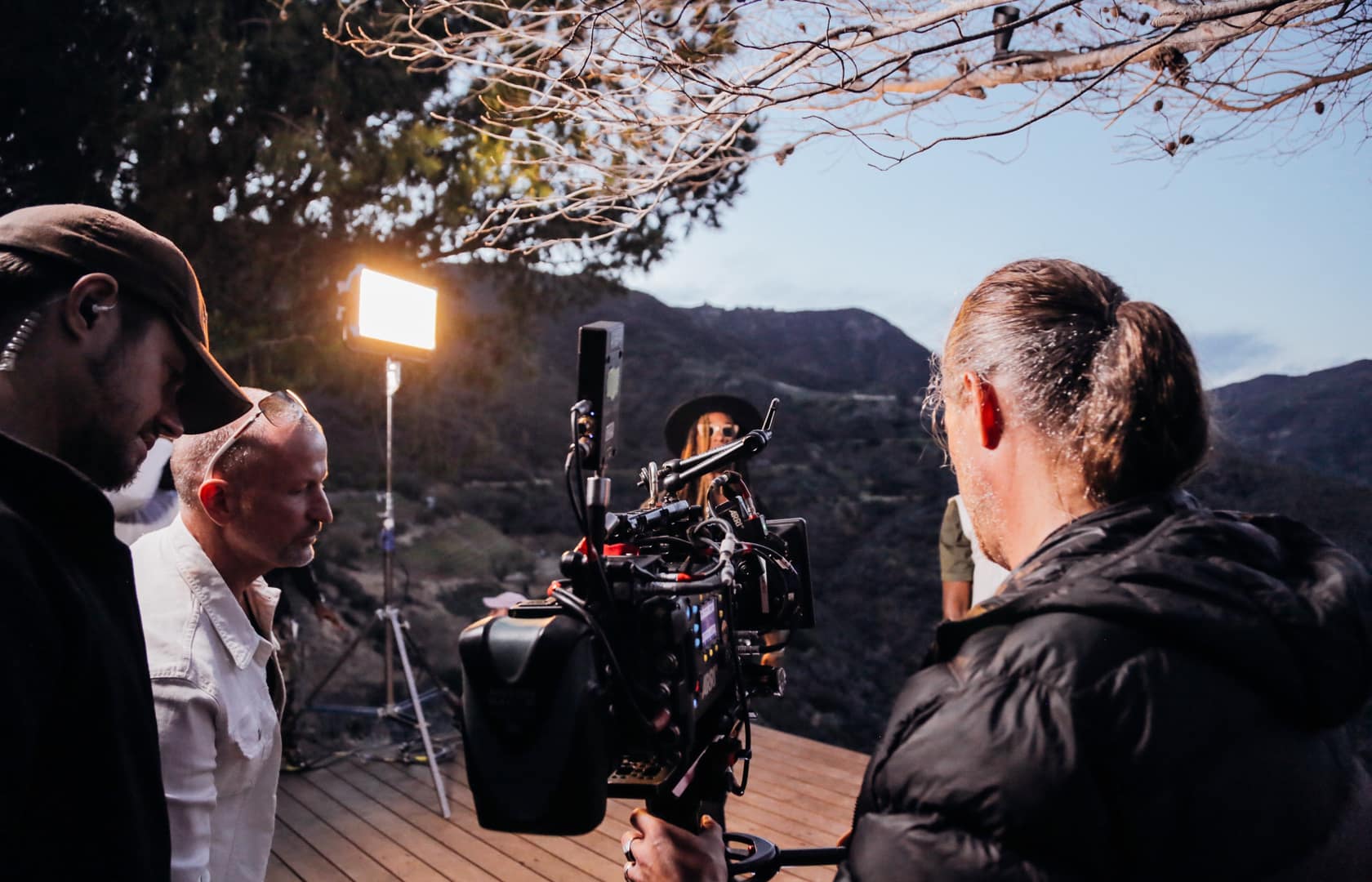
The purpose of this blog post is to discuss the type of evidence that is usually provided to meet the O-1 visa extraordinary ability requirements for an Art Director or Creative Director.
Introduction to the O-1 Visa for an Art Director or Creative Director
In order to qualify for an O-1 visa as an Art Director or Creative director, you must meet at least three of the six criteria of the O-1B visa, or show that you have received or been nominated for a significant national or international award or prize.
The vast majority of O-1B Art Directors and Creative Directors are evidencing that they meet at least three of the criteria, rather than relying solely on a nomination or prize, to meet the O-1B requirements.
Staple Criteria for an O-1 for an Art Director or Creative Director
There are numerous criteria to prove you have “extraordinary ability,” but many of them will simply not apply to your field. However, if you are doing relatively well in your career, there are at least three categories that definitely will.
These are the three “staples” of most O-1 applications, including O-1s for Art Directors and Creative Directors:
- Leading participant in distinguished productions/events
- Performed a critical role for distinguished organizations/establishments
- Received significant recognition from renowned members of the field
Luckily, numbers 1 and 2 are practically the same thing – they are both government-speak for having worked on high-profile projects for major clients and/or companies.
If you have one, you also have the other, so it’s a twofer.
You can think about this section as a portfolio of your work. However, it’s important to remember that this is not the same portfolio that you would send to a colleague or potential employer in art or creative direction – this is legal evidence. The officer viewing your portfolio will not judge the work on its style, use of light or color, or its originality.
Rather, they will be looking for clues to answer questions like Was your role in the project leading or critical? Was the client distinguished? Did the project gain any recognition?
When applying for the O-1, it’s best to make it as easy as possible for the officer to answer those questions.
Evidence for these two categories can include labeled tear sheets; labeled magazine spreads, books, or catalogues with credit pages; ad campaigns; and invitations to participate in special projects or exhibitions.
There is likely a good deal of work that you are not directly credited for, so it is a good idea to back up uncredited work with evidence of your contribution to the project. Such evidence could be contracts with clients, email correspondence about the project, invoices, call sheets, or mechanicals. Basically, it should be clear to the officer that you played a leading role in every portfolio piece you submit.
Number 3 is letters of recommendation, of which there should be around 6 to 10. The recommenders can be from anywhere in the world – they do not need to be from or in the United States. They also do not need to be working directly in your field.
They should, however, be qualified to testify to your extraordinary ability through their work in a related field or through their in-depth knowledge of your work and career. Former or current clients, bosses, collaborators, peers – all of these are excellent recommenders. It is generally a good idea to restrict the number of teachers or professors to 1 or 2, though; the government is more interested in your professional experience than your education.
Additional Criteria for an O-1 for an Art Director or Creative Director
Once you feel confident about these three “staple” categories, there are several more categories that may work for your case:
- Received national or international recognition for achievements through published materials – This category includes press articles, interviews, reviews, and profiles. As you know, art directors and creative directors work ‘behind the scenes,’ and rarely receive direct press. If that is the case for you, do not despair – you may still get this category. If your projects, especially those for which you have strong evidence of your leading role, have received press or reviews, that counts as press about your work.
- Received awards for achievements – If any of the projects that you creative or art directed won an award, or if you personally won an award, you qualify for this category. Evidence for this category could be an official certificate, press articles confirming the award, or even an email notification of your win. Again, if you are not directly credited to the awarded project, it’s best to provide evidence showing your connection to it.
- Has commanded or will command a high salary – If you are at a point in your career where you are making a high salary, this category may work for you. The way to find out is to check the average salary or wage in your field at bls.gov to see if yours is or will be above average. If it is, you can provide evidence through tax returns, contracts, or invoices.
For more information on the O-1 Visa, contact Lightman Law Firm at (212) 643-0985 or submit a consultation request online. Also visit our O-1 Visa section for more details.
Lightman Law Firm was recently honored as New York’s 2014 Immigration Law Firm of the Year by Acquisition International. Additionally, founding attorney, Douglas Lightman, was named a “Rising Star” by SuperLawyers.com. Lightman Law Firm also carries a 4.9 rating on Google Reviews.